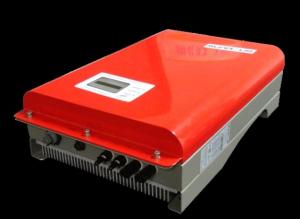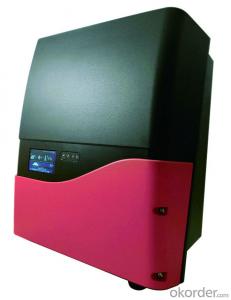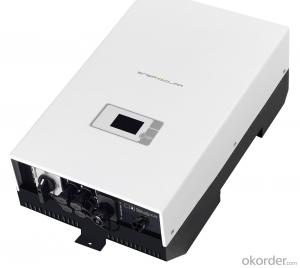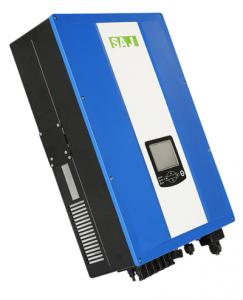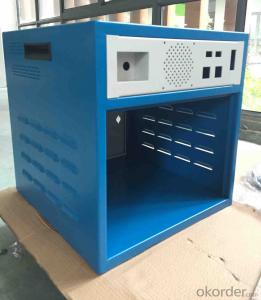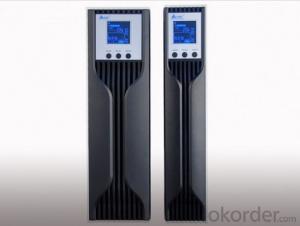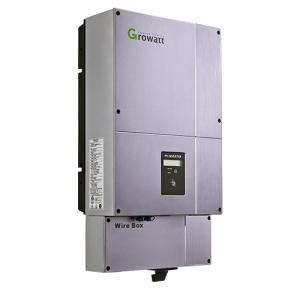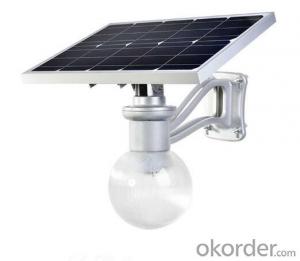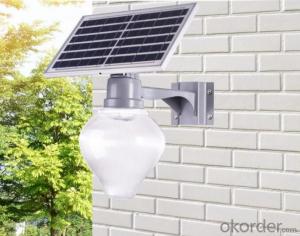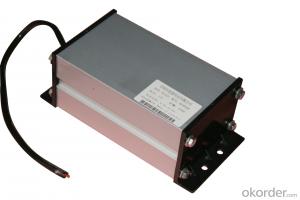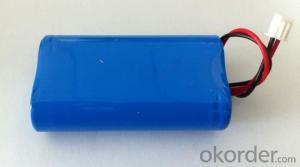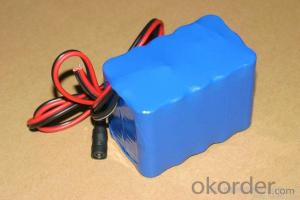Utl Solar Inverter
Utl Solar Inverter Related Searches
Utl Gamma Solar Inverter Utl Solar Inverter Price Utl Solar Inverter Price List Utl Solar Inverter 2kva Price Ul Listed Solar Inverter Ups Inverter Solar Uk Solar Inverter Solar Ups Inverter Lvrt Solar Inverter Lg Solar Inverter Invt Solar Inverter Lg Inverter Solar Solar Solar Inverter Solar Battery Inverter Sun Solar Inverter Inverter For Solar Smart Inverter Solar Blt Solar Power Inverter Battery Solar Inverter Smart Solar Inverter Inverter For Solar Battery Solar Inverter Upgrade Inverter With Solar Input Sunshine Solar Inverter Convert Ups To Solar Inverter Buy Solar Inverter Solar Smart Inverter Solar Inverter In Uae Inverter Solar Inverter Battery SolarUtl Solar Inverter Supplier & Manufacturer from China
Utl Solar Inverter is a range of high-quality solar power conversion devices designed to optimize the performance of solar energy systems. These inverters play a crucial role in converting the direct current (DC) generated by solar panels into alternating current (AC), which can be used by various electrical appliances and devices. The efficient design and advanced technology of Utl Solar Inverters make them suitable for residential, commercial, and industrial applications, ensuring reliable and clean energy supply.Utl Solar Inverters are widely used in various scenarios, including off-grid solar systems, grid-tied solar systems, and hybrid solar systems. In off-grid systems, they help store excess solar energy in batteries for later use, while in grid-tied systems, they enable the excess energy to be fed back into the grid, potentially earning credits for the user. In hybrid systems, Utl Solar Inverters combine the benefits of both off-grid and grid-tied systems, providing a flexible and reliable energy solution. These inverters are also compatible with different types of solar panels and battery storage systems, making them a versatile choice for various solar energy projects.
Okorder.com is a leading wholesale supplier of Utl Solar Inverters, offering a vast inventory of these products to cater to the needs of various customers. With a strong commitment to quality and customer satisfaction, Okorder.com ensures that the Utl Solar Inverters they provide are of the highest standards, meeting the requirements of different solar energy applications. By partnering with Okorder.com, customers can benefit from competitive prices, fast shipping, and excellent customer support, making the process of acquiring Utl Solar Inverters for their projects smooth and hassle-free.
Hot Products




